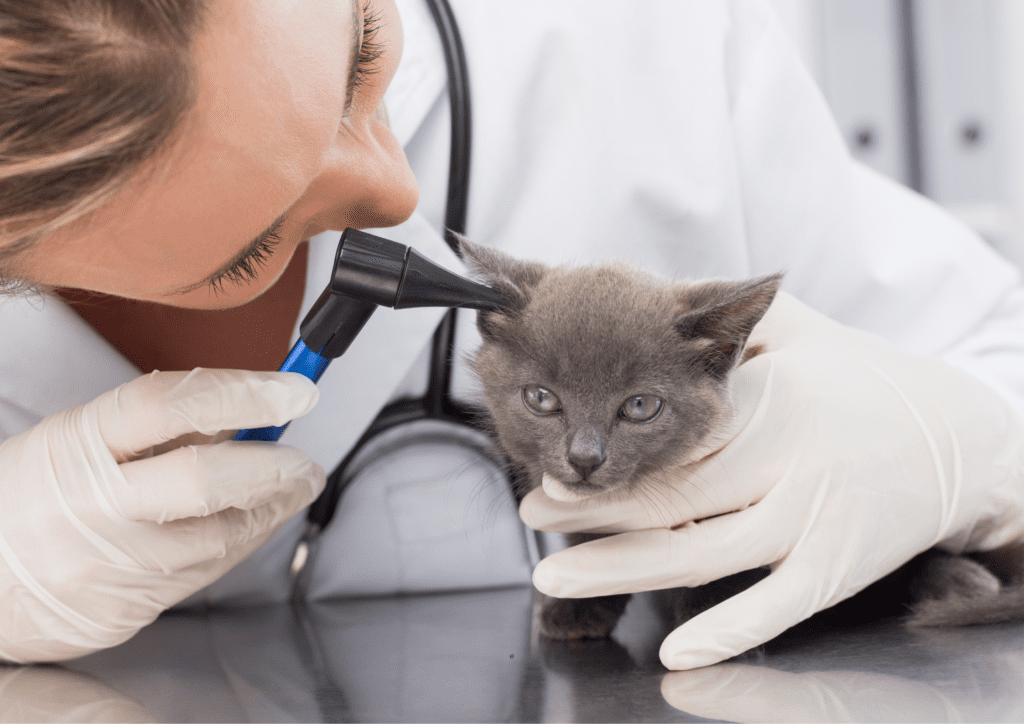Dr Hannah Godfrey BVetMed MRCVS
Introduction
For many vets, the job application process sits far in the back of their minds during day-to-day life. It’s only when there’s an urgent need for a move, due to job dissatisfaction or relocation, or they hear that an intriguing or ideal position has become available, that they spring into action. Then comes the frantic rush to update the CV they haven’t looked at for years. It’s all rather stressful! But once your CV is in order, the next thing you need for your application is a cover letter. So, how do you write a good veterinary cover letter?
Why not register with The Vet Service today and explore different options for veterinary jobs available? We provide a wide variety of positions including graduate vet jobs.
What is a cover letter?
A cover letter should accompany your CV when you apply for a job. It creates the recruiter’s first impression of you and can make the difference between being selected for an interview or not, especially if many people with similar qualifications and experience have applied. If you’re in a rush, you might choose to use an email as a cover letter, with your CV as an attachment. However, if you can, it’s far better to consider creating a separate cover letter document, which can also be attached to an email.
How should you format your veterinary cover letter?
Keep it consistent
It’s best to use the same font, font size, theme, and style that you used for your CV. This gives a professional feel and allows the reader to easily identify the documents that are yours. So, if you’ve used headers, footers, borders, or graphics in your CV, try to include them in your cover letter too.
Keep it short
A cover letter is intended to catch the recruiter’s eye and help them form a first impression. It also serves as a summary of you and your relevant achievements, experience, and qualifications. It’s important not to get carried away, as you don’t want the reader to lose interest. Four or five paragraphs is a good guideline, and make sure all the information you include is relevant and concise.
Make it clear
Sometimes it’s fun to play around with different fonts and make something really arty. While it’s great to stand out, you should make sure that your cover letter font is easy to read, and that the layout isn’t so busy that it affects readability. Keeping it simple can often be most effective.


What should you include in your veterinary cover letter?
Introduce yourself
The recruiter will have likely read a lot of very similar CVs and cover letters. Therefore, they must get to know YOU. In the first paragraph, introduce yourself, emphasising any interesting or unique points.
Make your intention clear
Once you’ve introduced yourself, you need to make a statement in the first paragraph to let them know you want the job. You can also include a sentence about why you want the job, or why you think you’re right for the job. Keep it brief, though, there’ll be space later to elaborate.
Summarise your experience
As a vet, it might seem tricky to summarise your experience. After all, the tasks you perform daily are so varied and complex, you won’t want to sell yourself short by not mentioning everything. Remember, though, veterinary recruiters will be aware of the general role of a veterinary surgeon, so you only need to pick out the highlights. State how many years you’ve spent in clinical practice, and the most important experience you gained in each role. You could also mention a few of the most technical surgeries that you are competent at.


What if you’re a new grad?
If you’re applying for your first job, or you’re still relatively inexperienced, focus on what you gained from EMS placements, what you excelled at during your study, and where your future interests lie.
If this is your first veterinary interview read our blog, “What Questions Should You Expect In Your Vet Job Interview?” Get the tips and tricks on what you will need to know before you go to your first interview.
Don’t get caught out unprepared!
Mention recent qualifications
Just like experience, recruiters for veterinary roles will expect your veterinary degree, A levels, and GCSEs (or equivalent qualifications). Instead of listing every qualification you’ve achieved, focus on the most recent and the highest level. If you’re just starting, you might choose to mention your degree and your PDP or SEL achievements. However, if you have been qualified for a while, mention any post-graduate certificates or Veterinary CPD, especially in the areas you are most interested in.
Sell yourself
A cover letter is not a time to be modest, and you want to stand out from the crowd. Mention interesting things you’ve done or special facts about yourself if they’re relevant. Make sure
your potential employer knows your strengths and traits that will make you suitable for the role and help you integrate into the team.


Show your research
You should never use a generic cover letter. The practice or company you are applying to will want evidence that you’ve researched them and the role. Otherwise, you might be wasting their time. Be sure to include facts about them that you found interesting or inspiring, or what you liked most about their website.
Show your compatibility
You can take it one step further than showing you’ve done some research about the company you are applying to. Talk about how their practice or business is in keeping with your values, why it suits you location-wise, and why they’re a good fit for you. After all, it’s just as important that you want to work for them as they want to hire you!
Keep contact details prominent
Many people don’t add contact details to their cover letter, because it’s meant to be accompanied by your CV. However, it’s best not to rely on this. If you ensure that your contact details are prominent on your cover letter, the recruiter will know how to contact you without having to locate your CV.
Sign off with a gentle call to action
It’s not good to be arrogant but signing off with a polite call to action can show confidence and create a sense of time running out. Saying something like ‘I look forward to hearing from you’ or ‘Please do get in touch if you have any questions about my application’ will let them know you’re expecting further contact.
What tone should you use for a veterinary cover letter?
For any cover letter, it’s best to use a formal, friendly, and polite tone. However, when trying to be formal it’s easy to sound boring and lose personality and uniqueness. You should avoid slang but try to write in a way that you would speak, which will allow you to stand out a little more.
Summary
In the current veterinary recruitment crisis, some would argue that the art of a good cover letter and CV is wasted. It may be true that employers are spending less time scrutinising these documents while there are fewer vets available for work. However, a good cover letter will give you an advantage in any recruitment process, so it’s worth spending the extra time to make yours memorable.
Want to guarantee success in your first vet job? Dr Becky Nicholson MRCVS gives Five Tips for Success in Your First Vet Job.
Explore a range of veterinary jobs locally, like our Vet Jobs in The UK and our Vet Jobs in Ireland. We also have a diverse range of roles available worldwide: Vet Jobs in The USA, Vet Jobs in Australia, Vet Jobs in New Zealand, Vet Jobs in Canada, and further international vet jobs.
Register today with The Vet Service and see how we can help you with your vet career. We have lots of opportunities available!


